Vaquita Facts
- The remarkable Vaquita represents a rather unique member of the family containing porpoises.
- In addition, in terms of size, it remains the smallest of all ocean-dwelling forms of cetacean.
- Sadly, it also currently ranks as the most highly endangered type of cetacean known to man.
- Also, as of March 2018, the known population of the entire species consisted of only 12-15 individuals.
- The IUCN has, rather understandably, also listed the beautiful ocean mammal as Critically Endangered.
Related Articles
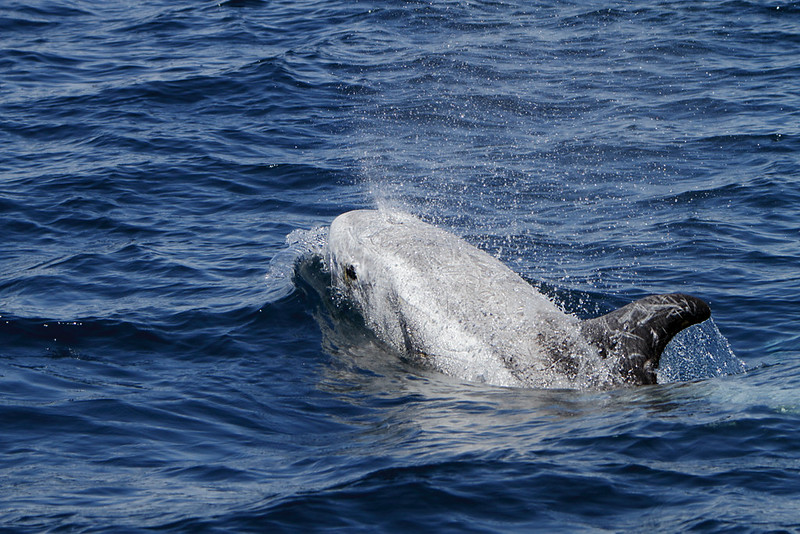
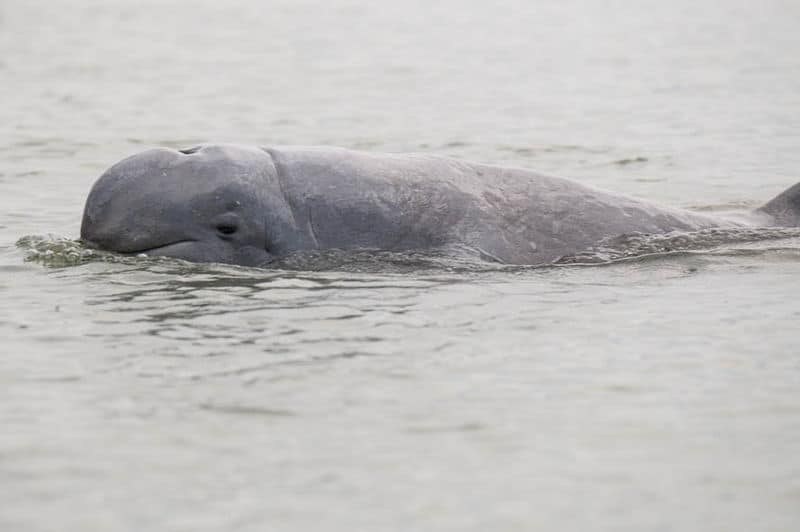
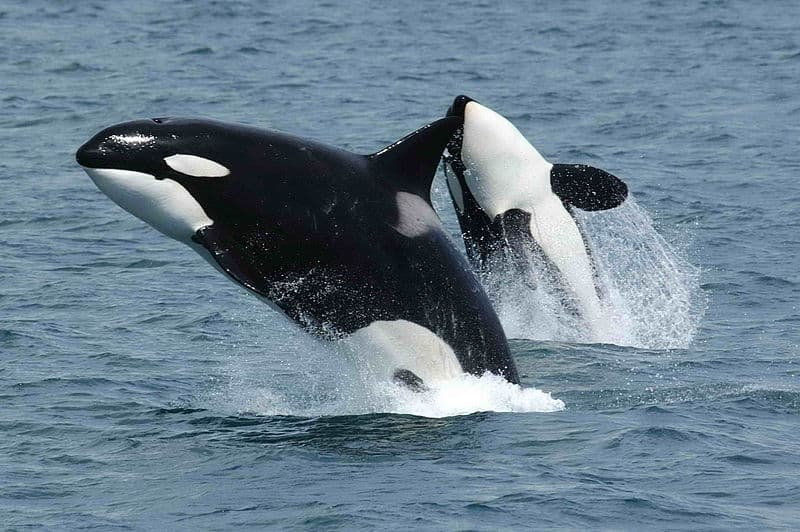
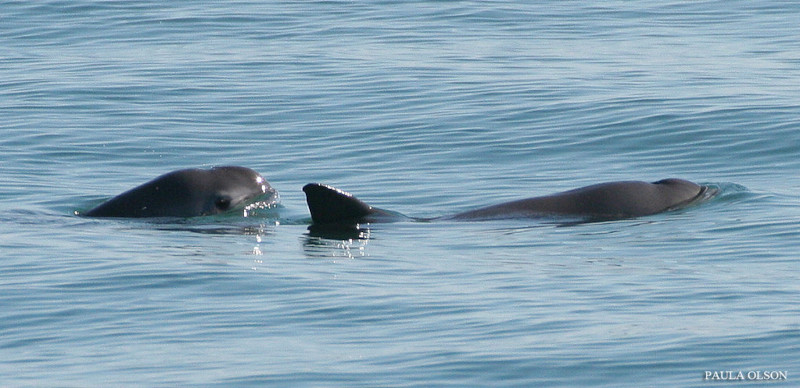
Vaquita Physical Description
In addition to other distinctions, the breathtaking Vaquita also measures out as the smallest of all known cetaceans.
It also displays a slight degree of sexual dimorphism. In the case of this animal, the female grows slightly larger than the male.
Females attain an average length of 55.4 in (140.6 cm). However, the smaller males only average a length of 53.1 in (135 cm).
Its shape also remains rather stocky, and presents a dark gray color on the back, along with a whitish underside.
It can also be easily distinguished by the presence of dark rings circling the eyes, as well as a line from the dorsal fin to the eyes.
- Kingdom: Animalia
- Phylum: Chordata
- Class: Mammalia
- Order: Artiodactyla
- Family: Phocoenidae
- Genus: Phocoena
- Species: P. sinus
Vaquita Distribution, Habitat, and Ecology
Sadly, the entire habitat range of the beautiful Vaquita only consists of the northern part of the bay of California, in Mexico, in North America.
Further, w
In addition, the animal rarely ventures into areas more than 160 ft (50 m) deep, and usually far less than that.
The species also generally forages in lagoons, feeding on a variety of small fish, crustaceans, squid, and octopuses.
Researchers know little of its life cycle, but estimate a life span of about 20 years, under ideal conditions.
Species Sharing Its Range
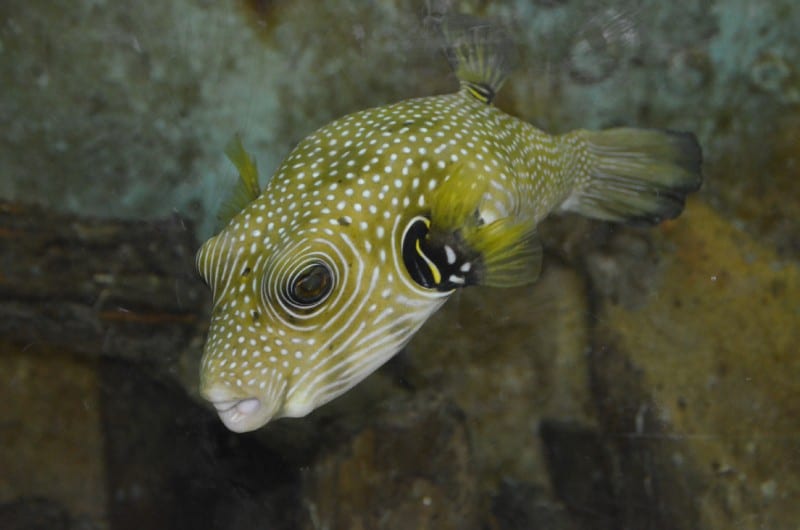
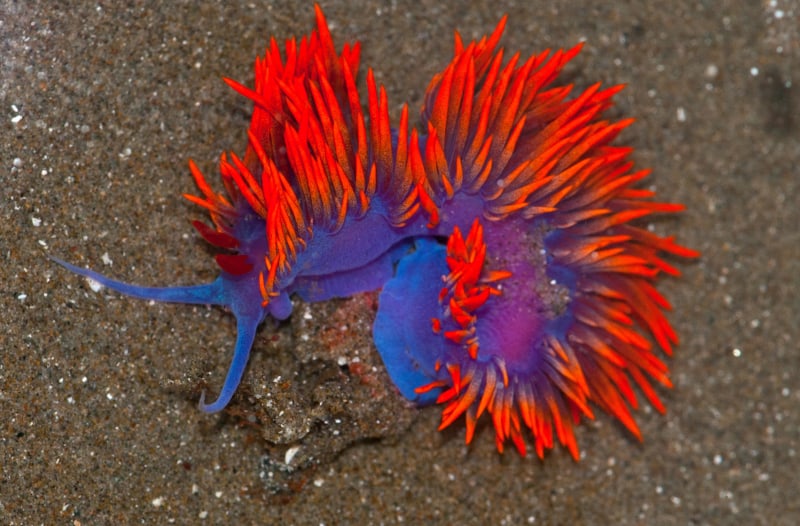
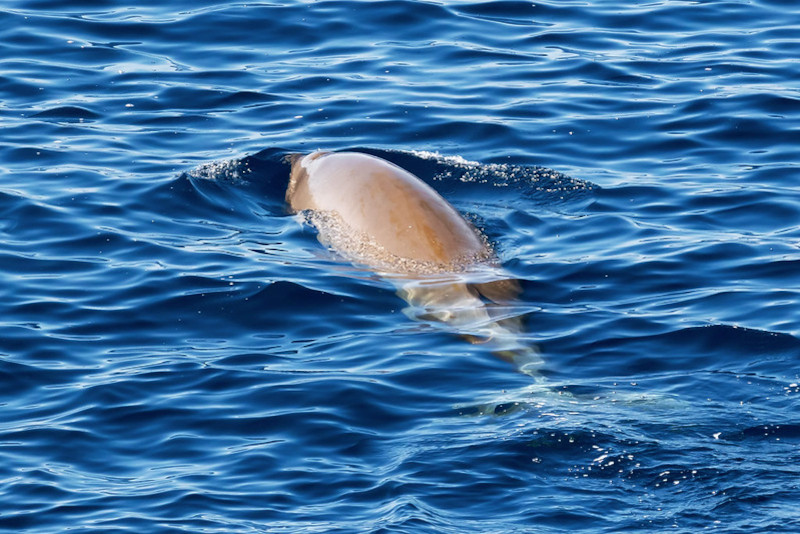
Check out our other articles on 5 Incredible Inects of Ukraine, Table Mountain, Mountain Chicken, Balsam Fir, Sperm Whale, Oceanic whitetip shark, Queen Alexandra Birdwing, Gharial
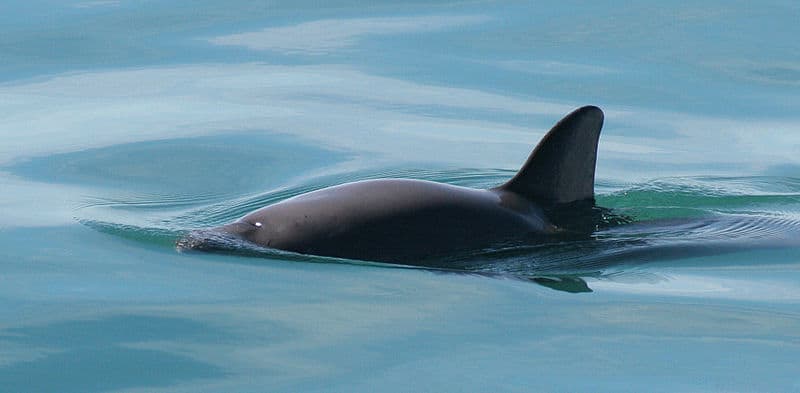









Leave a Reply